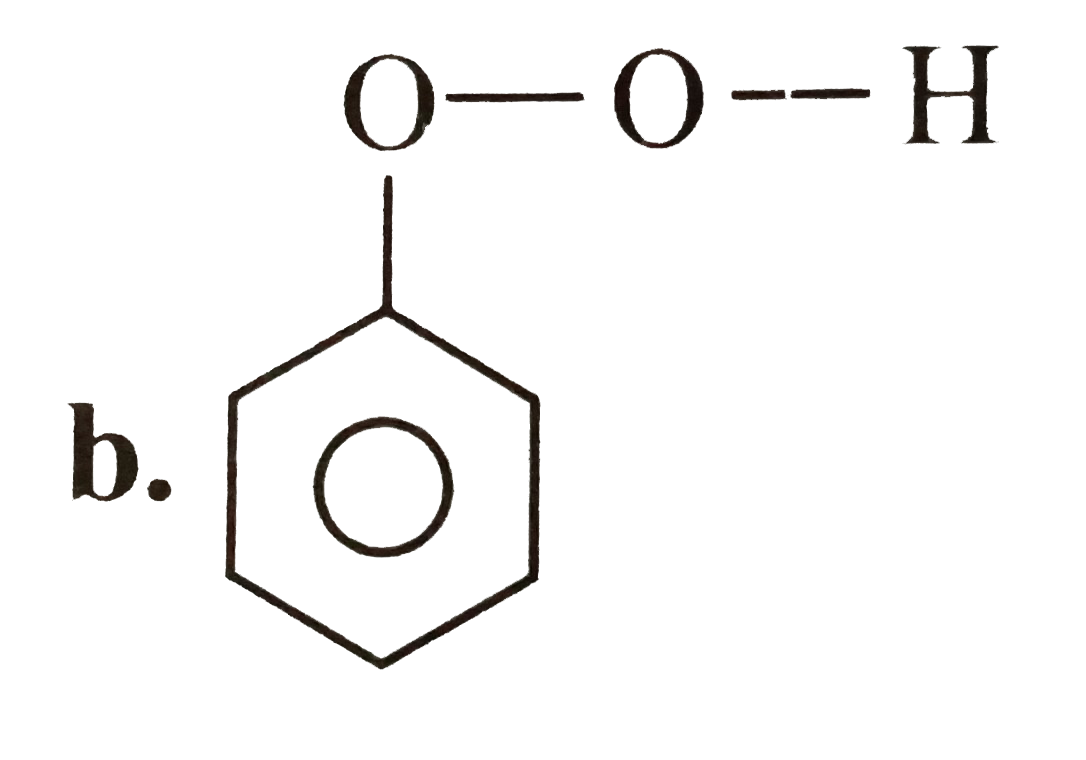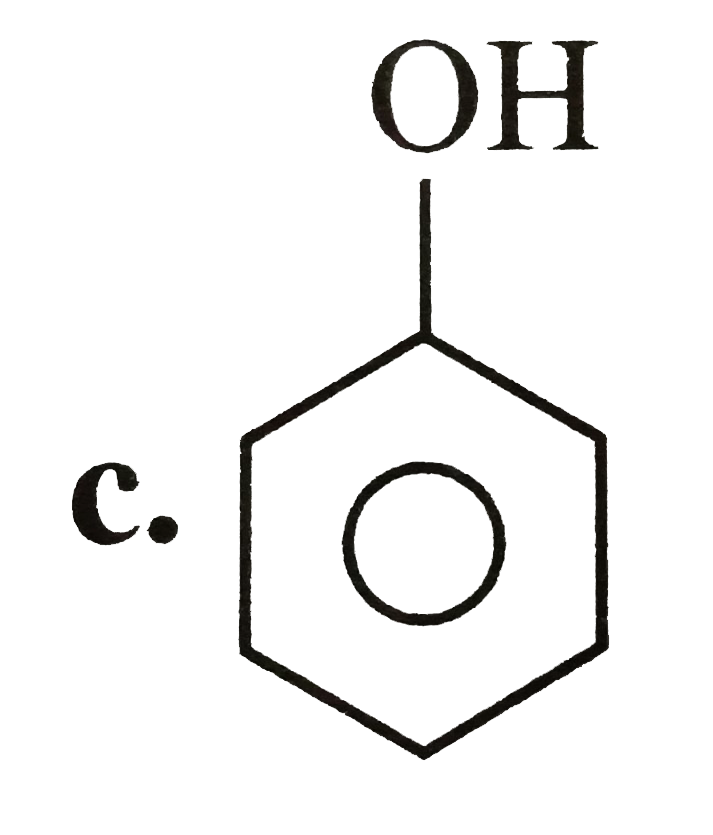A
B
C
D
Text Solution
AI Generated Solution
The correct Answer is:
|
Topper's Solved these Questions
REDUCTION AND OXIDATION REACTION OF ORGANIC COMPOUNDS
CENGAGE CHEMISTRY ENGLISH|Exercise Exercise (Assertion And Reasoning)|10 VideosView PlaylistREDUCTION AND OXIDATION REACTION OF ORGANIC COMPOUNDS
CENGAGE CHEMISTRY ENGLISH|Exercise Exercise Archives (Subjective)|26 VideosView PlaylistREDUCTION AND OXIDATION REACTION OF ORGANIC COMPOUNDS
CENGAGE CHEMISTRY ENGLISH|Exercise Exercise (Multiple Correct)|35 VideosView PlaylistQUALITATIVE INORGANIC SALT ANALYSIS
CENGAGE CHEMISTRY ENGLISH|Exercise Viva Voce Questions And Part-C (Analysis Of Cations)|42 VideosView PlaylistSOLID STATE
CENGAGE CHEMISTRY ENGLISH|Exercise Ex 1.2 (Objective)|9 VideosView Playlist
Similar Questions
Explore conceptually related problems
CENGAGE CHEMISTRY ENGLISH-REDUCTION AND OXIDATION REACTION OF ORGANIC COMPOUNDS-Exercise (Single Correct)
- Which of the following compounds will not give haloform reaction?
02:46
|
Play - Identify the set from the following which connot form acetone in a sin...
04:01
|
Play - (A) will not
04:26
|
Play - CH(3)CH(2)NO(2) underset(at 0^(@)C)overset(NaNO(2)+HBr)(rarr) (A). (A)...
02:59
|
Play - Which of the following does not give Liebermann's nitroso reaction?
02:55
|
Play - Of the following compounds, whose ozonolysis proves the Kekule structu...
05:43
|
Play - CH(3)-overset(CH(3))overset(|)(CH)-NO(2) underset(at 0^(@)C)overset(Na...
02:53
|
Play - Which of the following compounds are (A), (B), (C ), and (D)? Ph-ove...
Text Solution
|
Play - The compound (A)
02:09
|
Play - Fenton's regent (Fe^(2+)+H(2)O(2)) with benzene gives:
01:33
|
Playing Now - Lactic acid on oxidation with Fenton's reagent gives:
01:45
|
Play - The compounds (A) and (B) are:
02:32
|
Play - (A) is:
02:20
|
Play - The compound (A) is:
03:32
|
Play - The compound (A) is:
03:55
|
Play - Which single reagent can be used in the following conversions?
Text Solution
|
Play - Et-N^(o+)-=C^(ɵ) underset(or HgO or O(3))overset(Cl(2)+DMSO)(rarr). Th...
02:40
|
Play - Imines or enamines are selectively reduced to 1^(@) or 2^(@) amines wi...
02:43
|
Play - Caprolactam on reduction with LAH or H(2)+Pt or Pd gives:
02:22
|
Play - Caprolactam on reduction with LAH or H(2)+Pt or Pd gives:
02:22
|
Play

